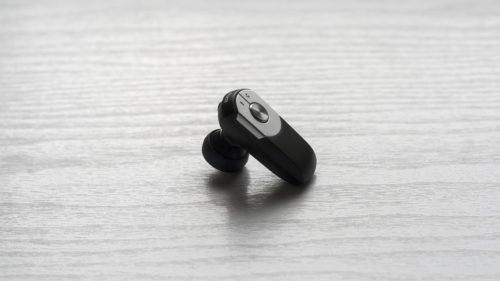
We are fascinated with new technologies and innovations when they hit the market but they soon run out fashion. Technology is progressive and so is our desire to keep up with the latest technological developments. We get used to a new gadget or device and wonder how we survived without it. However, before we can master how to use it effectively, a new device replaces it and we go for the new one. Below is list of some of the home technology fads that caused a stir around the world.
- The Clapper
Do you remember the song “Clap on, clap off?” The song introduced us to the fad that was introduced in the market in 1986. The manufacturer sold millions of clappers during the product’s lifetime. The manufacturers added an ‘away’ function to the newer models of the clapper. The function turned on the lights whenever it heard any new sound. Many people think that the clapper was the pioneer for smart-home technology.
- Music Vest
Wearable technology has become of our daily lives especially after the introduction of smart watches. However, this technology started several decades ago. The music vest was a wearable sound system that was first released in the market in 1984. The Time Magazine referred to the music vest as part Soult Train and part NASA. The sound system was integrated into the consumer’s clothing. The fad technology could have paved way for today’s wearable technology.
- Nintendo Power Glove
The home fad technology left a mark in the history even though it was short-lived. The Glove was introduced in 1989 and 100,000 units were sold. However, it was discontinued the following year despite the excitement that characterized its release. The reality was that the technology did not meet the consumers’ expectations. It came with long instructions that confused the users.
The process of setting it up and calibrating was long and complicated. In addition, the glove did not have a left-hand option. The producers expected a huge sale of a million units but only got 100, 000 in the first year. It took seventeen years for the company to produce another product that met the users’ expectations.
- Motorola MicroTAC flip phone
Many people had the Motorola flip phone as their first mobile phone. At the time of its release, it was the smallest and lightest phone in the market. The phone came with a rechargeable battery that would last for 30 minutes or 75 minutes. You can appreciate the current technology in the production of mobile phones with batteries that last for hours.
- Zip drives
We graduated from floppy disks with a memory space of 1.44MB to the high-capacity Zip drives. The initial drives had a memory space of 100MB which was later expanded to 250MB and then to 750MB. Zip Drives went out of fashion when writable CDs and USB flash drives were introduced in the market.
- Netbooks
Since the PCs were introduced, manufacturers have been introducing lighter and smaller computers. The lightweight netbooks took the market by storm in 2007. Everyone wanted a small laptop that could fit in any bag. Netbooks were leading the market for portable computer within two years of their introduction. However, the sales began to drop in 2011 when tablets were introduced.
- Bluetooth Earpiece
The technology came as a relief to many mobile phone users who were tired of holding their cell phones when receiving long calls. The earpiece enables users to receive calls hands-free. The first Blue-tooth Earpiece was introduced in the market in 2007. The technology’s popularity began to decline when government authorities raised safety concerns about the devices. The hands-free cell phones were banned in some states.
- Sony MDR-G61 headphones
Sony introduced a trendy way of listening to music without messing your hair. The headphones were the first brand of behind-the-head headphones. Music lovers forgot about other types of headphones immediately after these trendy headphones were introduced.
- GPS Navigation Devices
The GPS signals were in the past restricted to the military but hit the market as soon as the military restrictions were lifted. The first most popular GPS device was TomTom, which was released in the market in 2002. It hit a record high in sales in 2007 when 4.2 million units were sold in the December quarter. However, the sales began to decline as smart phones became popular. Consumers could access GPS signals on their smart phones.
The reality of technology is that the innovation that trends today will either expand or become a fad tomorrow. Many of the fads discussed above are now outdated as technology evolves every day. We can only wait to see the future technologies that will replace the current trends like wearable technology, augmented and virtual reality.
 Gearfuse Technology, Science, Culture & More
Gearfuse Technology, Science, Culture & More


